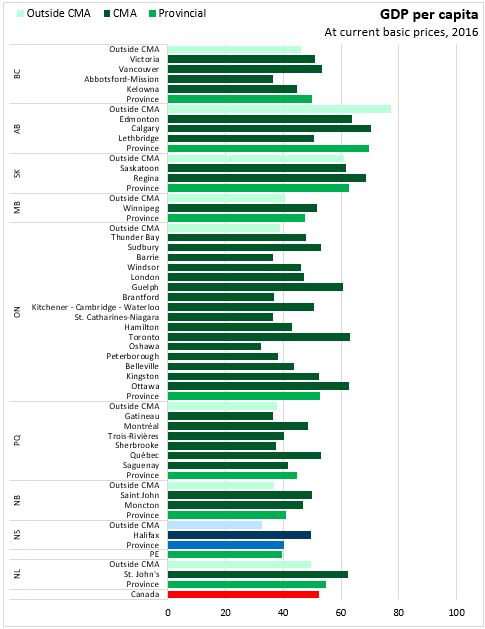COVID-19 Info: NS government support announced for individuals and businesses
March 24, 2020
The province has made the following announcements to support businesses amid the COVID-19 pandemic:
- Government will defer payments until June 30 for all government loans, including those under the Farm Loan Board, Fisheries and Aquaculture Loan Board, Jobs Fund, Nova Scotia Business Fund, Municipal Finance Corp. and Housing Nova Scotia.
- Government will defer payments until June 30 for small business renewal fees, including business registration renewal fees and workers compensation premiums (a list of fees will be posted online early next week).
- Changes to the Small Business Loan Guarantee Program, administered through credit unions, include deferring principal and interest payments until June 30, enhancing the program to make it easier for businesses to access credit up to $500,000, and for those who might not qualify for a loan, government will guarantee the first $100,000.
- Small businesses which do business with the government will be paid within five days instead of the standard 30 days
- Suspending payments on Nova Scotia student loans for six months, from March 30 to Sept. 30 and students do not have to apply
- Ensuring more Nova Scotians can access the internet to work from home, by providing $15 million as an incentive to providers to speed up projects under the Internet for Nova Scotia Initiative and complete them as soon as possible
The Government of Canada has funding and other resources available for Canadians and businesses.







